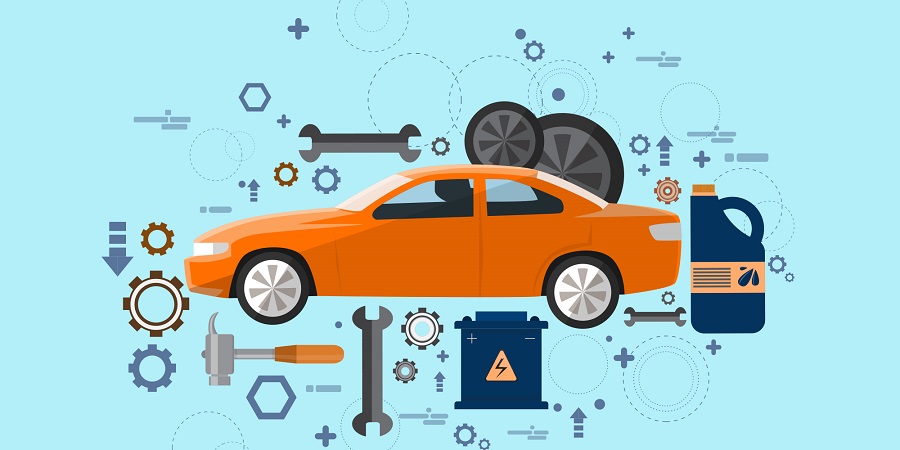Car Maintenance During Quarantine: How to DIY It

Thanks (or no thanks) to COVID-19, everyone is encouraged to do their work at home. Fortunately, most of the tasks you used to do pre-COVID are doable at home, such as submitting work, meetings, teaching the kids and finishing your chores. But there are some tasks that seem to require professional help – like maintaining your car.
Due to the social distancing measures, staying at home is a priority right now; only go out for important errands. Granted, car errands are essential. You’ll need professional maintenance and diesel gas services from pros. But you can do some car care steps at home.
Regular car checks and maintenance ensure that your car is always in good condition. Whether you own a high profile vehicle or a simple Toyota, you are responsible for your car. Keep your car and yourself healthy by staying at home and performing the following DIY car maintenance steps.
Check Your Car’s Tire Condition
Incorrect tire pressure reduces the life of your tires, as well as makes your vehicle less safe for driving. To determine the correct tire pressure for your car, look for the tire placard, which is often found inside one of the front doors. If you can’t find it, check out your driver’s manual. Also, it’s a plus to carry a basic mechanical/pneumatic tire pressure gauge in your car just in case.
Another aspect to check is if your tires have enough tread. The legal tire depth is a minimum of 2/32 of an inch of tread in most states; some states have no requirements while others defer to federal criteria. It’s wise to replace your tires before they wear off this far. Tires often have tread depth indicators located between the tread and in the grooves of the tire.
Also, check your tires for damage and abnormal wear such as bulges or cracks. These indicate suspension problems. Routinely rotating your tires also extends the tire’s life, which is an important task before you take a trip (in the future).
Check Your Cooling Systems and Radiator
Note: Never remove the radiator cap when your engine is hot. Let it cool for a few hours. Once the engine has cooled, remove the radiator cap.
Check your radiator coolant to see if the coolant level is in between the low and high markings. If the level is low, top it up with your vehicle manufacturer-recommended coolant. If you notice that your car is losing coolant regularly, there may be a leak. It could also be a warning sign of a bigger problem, which may need a professional assessment. While the bonnet is open, inspect the pipes and hoses, as well as the fuel lines connected to the brakes or power steering.
If you see stains on the radiator or cooling system, there could be a leak or a cracked hose, which must be replaced by a reputable mechanic.
Check the Engine Oil
Check engine oils regularly to check for signs of a leak. To check your engine oil:
- Park your car on level ground.
- Start your engine and let it run for a while. After that, turn it off.
- Remove the dipstick while the engine is warm. Wipe it clean with a clean cloth before reinserting the dipstick. Make sure that it is fully inserted to avoid false readings.
Keep Your Car Clean
This is probably the simplest car maintenance task you can do at home (compared to the other tasks). Apart from performing technical maintenance, keep your car clean. Whenever you go out, you subject your car to grease, grime, tree sap, sun and other acidic compounds. These external elements can eat away the paint and metal of your car. Not washing your car won’t damage it immediately, but over time, the elements can corrode your car, impacting its resale value.;
How often you wash your car depends on two factors: climate and location. If you live in an inland area with little pollution, wash your car once a month. If your home is located in a polluted area with sea salt in the air, wash your car two or three times a month. During winter, wash your car frequently due to the snow, mud and salt that will accumulate from the icy roadways.
Finally, refrain from using your car as a garbage can. Practice regularly cleaning your car so that it doesn’t look like a garbage dump. Keep your car’s interior tidy and clean to reduce your stress.
The quarantine period is not an excuse to not care for your car at home. Do these simple car maintenance to keep your ride in good condition and ready for long trips post-COVID-19.